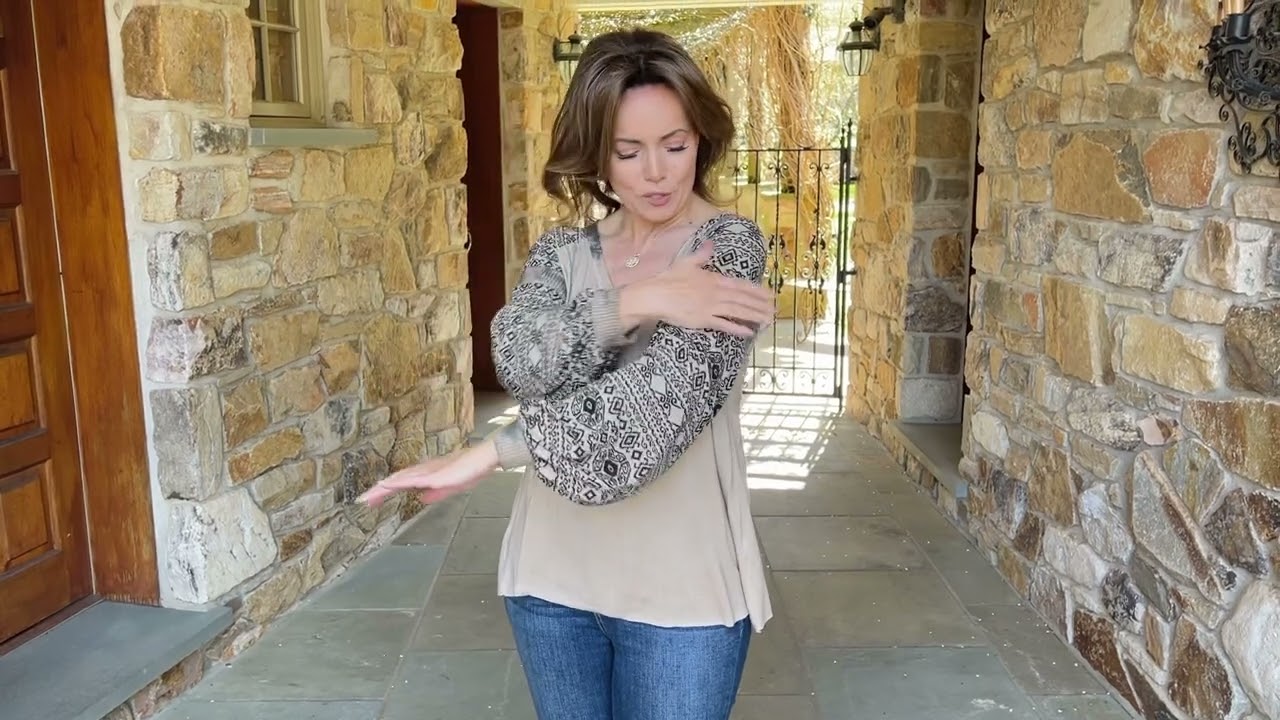Discover the mesmerizing allure of Aztec fabric, a testament to the rich cultural heritage of the ancient Aztec civilization. Adorned with intricate patterns, vibrant colors, and symbolic motifs, this fabric encapsulates the essence of an ancient era, transporting you to a world steeped in history and mystique. Each thread intricately woven tells a story of the Aztec people, their beliefs, and their connection to the natural world. Immerse yourself in the symphony of geometric shapes that dance across the fabric, a visual feast that captivates the imagination. Whether used in clothing, home decor, or accessories, Aztec fabric adds a touch of cultural elegance and individuality to any setting. Embrace the uniqueness of this extraordinary textile and let it transport you to a time long past, where the echoes of ancient civilizations still resonate. Perfect for those seeking to make a bold and distinctive style statement, Aztec fabric is a timeless treasure that effortlessly blends tradition with contemporary fashion. Experience the unforgettable beauty that lies within Aztec fabric and embark on a journey of cultural discovery.

Aztec Fabric: A Rich Tapestry of History and Culture
When it comes to ancient civilizations, few can match the grandeur and mystique of the Aztec Empire. Known for their remarkable achievements in art, architecture, and agriculture, the Aztecs also possessed a deep appreciation for textiles. Aztec fabric is a testament to their rich cultural heritage, showcasing vibrant colors, intricate designs, and remarkable craftsmanship. In this article, we will delve into the fascinating world of Aztec fabric, exploring its history, significance, and enduring legacy.
The Origins of Aztec Fabric
The Aztec civilization flourished in Mesoamerica from the 14th to the 16th century. During this time, the Aztecs developed sophisticated farming techniques, established vast trade networks, and built awe-inspiring cities. Central to their society was the production and use of textiles. Aztec fabric was woven from various natural fibers, including cotton, agave, and bark. These fibers were dyed using natural pigments obtained from plants and minerals, resulting in a striking array of colors.
The Symbolism of Aztec Fabric
Aztec fabric was not merely a means of clothing oneself; it held deep symbolic meaning within Aztec society. Patterns and motifs were carefully chosen to represent various aspects of their culture, including religion, history, and social hierarchy. Aztec fabric often featured geometric shapes, animals, and celestial symbols, each carrying its own significance. For example, the jaguar symbolized power and strength, while the feathered serpent represented the god Quetzalcoatl.
The Techniques of Aztec Weaving
Aztec fabric was produced using intricate weaving techniques that required great skill and precision. The backstrap loom was the primary tool used by Aztec weavers. This simple yet effective loom consisted of a wooden frame and a strap that was tied around the weaver’s waist. The tension created by the strap allowed for tight weaving, resulting in durable and beautifully intricate fabrics.
One of the most distinctive features of Aztec fabric is its use of supplementary weft technique. This technique involves adding additional threads to create elaborate designs and patterns. The weaver would carefully insert these threads into the warp threads, creating a raised effect and adding texture to the fabric. This technique allowed for the creation of stunning textiles that were both visually captivating and tactually pleasing.
The Legacy of Aztec Fabric
Although the Aztec Empire fell to Spanish conquistadors in the early 16th century, the legacy of Aztec fabric lives on. Today, Aztec-inspired textiles are celebrated and admired around the world for their beauty and cultural significance. Aztec fabric has influenced contemporary fashion and design, with designers incorporating Aztec-inspired patterns and motifs into their collections.
Furthermore, the craftsmanship and techniques employed by Aztec weavers continue to inspire artisans and textile enthusiasts. Many organizations and communities strive to preserve and promote the traditional methods of Aztec weaving, ensuring that this ancient craft remains alive and vibrant.
In Conclusion
Aztec fabric is a testament to the creativity, skill, and cultural richness of the Aztec civilization. Through their intricate weaving techniques and symbolic designs, the Aztecs created textiles that were not only functional but also deeply meaningful. Today, the legacy of Aztec fabric lives on, inspiring artists, designers, and textile enthusiasts around the world. Whether it is the vibrant colors, intricate patterns, or the fascinating history behind it, Aztec fabric continues to captivate and inspire.
“Dusty Grain: A Mesmerizing Aztec Print Knit Top”
Aztec Fabric
- Aztec fabric is known for its vibrant colors and intricate geometric patterns.
- It is inspired by the textile traditions of the ancient Aztec civilization.
- The patterns often include symbols and motifs that represent nature, animals, and gods.
- Aztec fabric is traditionally made from cotton or wool.
- It can be used to create various clothing items such as dresses, skirts, and blouses.
- Many contemporary fashion designers incorporate Aztec fabric into their collections.
- It is also used in home decor, including pillows, curtains, and upholstery.
- Aztec fabric is often handwoven or embroidered, showcasing the skill and craftsmanship of the artisans.
- It has gained popularity for its unique and eye-catching designs.
- Aztec fabric can add a bold and cultural touch to any outfit or interior space.
Aztec Fabric
| Design | Color Palette | Symbolism | Materials |
|---|---|---|---|
| Aztec Geometric | Energetic and vibrant | Representing the connection between human and divine | Cotton and agave fibers |
| Aztec Feather | Earthy tones with pops of vibrant feathers | Symbolizing spirituality and connection to nature | Cotton and bird feathers |
| Aztec Sun | Warm tones of yellow, orange, and red | Embodying the Aztec sun god, Huitzilopochtli | Cotton and wool |
Aztec fabric is a testament to the rich cultural heritage of the ancient Aztec civilization. The designs featured in Aztec fabric are often intricate and geometric, displaying a remarkable level of craftsmanship. These patterns, such as the Aztec Geometric design, are characterized by their energetic and vibrant color palettes, which evoke a sense of liveliness and dynamism.
Symbolism plays a significant role in Aztec fabric. The designs are not merely decorative but hold deep cultural meanings. For instance, the Aztec Feather pattern incorporates feathers into the fabric, symbolizing the Aztec’s spiritual connection to nature and their reverence for the animal kingdom.
Materials used in the creation of Aztec fabric vary, but cotton and agave fibers are commonly employed. Cotton provides a comfortable and breathable base, while agave fibers add durability and texture. In some instances, bird feathers are also incorporated, emphasizing the importance of animals in Aztec culture.
Another popular design, the Aztec Sun, showcases warm tones of yellow, orange, and red, reminiscent of the sun’s radiance. This pattern embodies the Aztec sun god, Huitzilopochtli, representing power, strength, and divine energy. Cotton and wool are often used in the production of this fabric, providing a soft and cozy feel.
In conclusion, Aztec fabric is a remarkable fusion of vibrant colors, intricate designs, and profound symbolism. Each pattern tells a story and reflects the deep-rooted connection between the Aztec people and their spiritual beliefs. Incorporating these fabrics into modern fashion and interior design brings a touch of ancient wisdom and cultural heritage into our contemporary lives.

